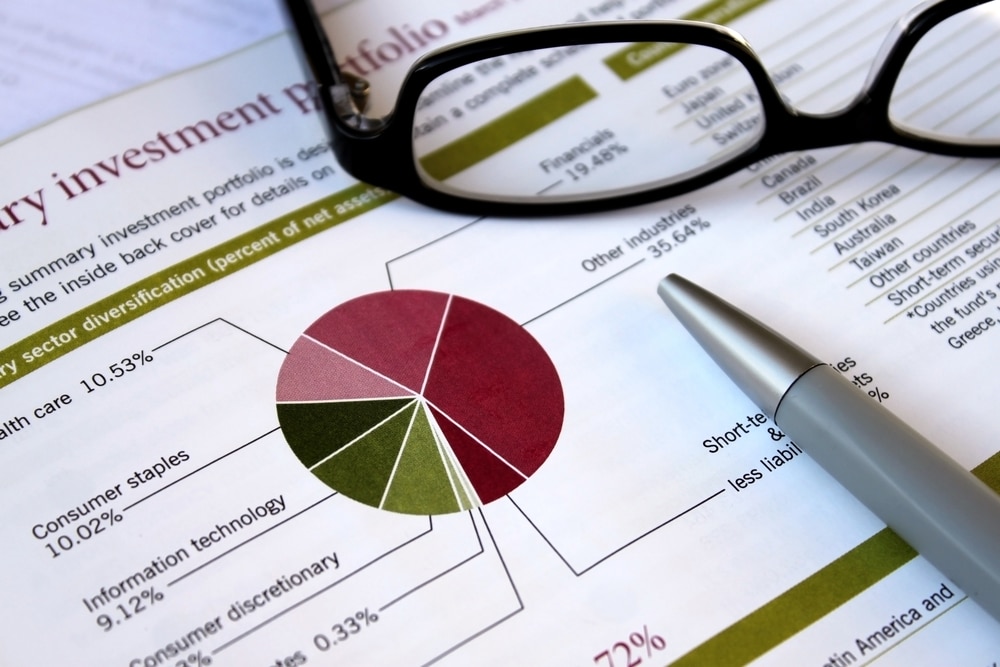What’s In Your Professionally Managed Portfolio?
In the world of DIY investing, many mutual fund investors bailed out in droves from their high-priced funds and have turned to lower cost ETFs.
Basically, both mutual funds and ETFs are a diversified collection of stocks and bonds.
ETFs have lower fees because they are “passively managed,” meaning their holdings closely match their specific indexes and have very little change. (Index mutual funds work the same way.) Actively managed mutual funds seek to outperform market indexes. Fund managers use their judgement and experience to make investment decisions and have more latitude in choosing investments than index fund managers do. This “expertise” comes at a high price, especially in Canada, and subsequently resulted in the aforementioned exodus from actively managed mutual funds.
ETFs changed how individual Canadians invest and that ETF market has tripled since 2009.

Working with an investment advisor
Investors who don’t want to handle their own investing (for various reasons) turn to professional investment firms and work with an advisor. Instead of managing individual stocks and bonds, many advisors have usually invested their clients’ money in proprietary mutual funds and wrap accounts.
Now, they are increasingly turning to ETF portfolios to capture and share in the growth of ETFs in the marketplace.
ETF based mutual funds
This year BMO introduced an extended line of mutual funds that hold ETFs. They are marketed as the best of both worlds “featuring an all-in-one solution.”
Investment advisors supposedly are actively managing these ETF mutual funds – not just rebalancing allocations – but by tactical and strategic investing in various sectors to capitalize on market opportunities.
For example, there’s BMO’s Covered Call US High Dividend ETF Mutual Fund. Its holdings are 100% BMO US High Dividend Covered Call ETF!!
Of course, this “active management” adds another layer of fees to investors’ portfolios.
Final thoughts
Investors may not mind paying extra for active management. But, for heaven’s sake understand how much you are paying your investment advisor, and make sure you’re getting good value in the way of advice, financial and estate planning and/or other services.
I challenge you to examine your next statement and have a conversation with your investment advisor about the portfolio he or she chose for you, and the fees you are paying for it.
Otherwise, why would you not build your own ETF portfolio or use a robo-advisor?

Hi Marie,
I’m invested with BMO Nesbitt & Burns in an Architect managed portfolio for my RRSP’s. From what I see the fees are ˜1.5% on avg. I’m not certain about my TFSA and Non-registered mutual accounts because I don’t see the fees associated with those.
I’ve been approached, via e-mail, by something called ‘Wealthsimple’, I’m assuming this is a robo type outfit. They suggest the first $5K to be managed is free of fees and after that 0.5% fees but I’m not convinced this is legitimate or safe. They also suggest any fees for the transfer of funds to them is reimburse.
Although I know there are options out there, I remain sceptical and cautious. Perhaps a higher fee is the price to be paid to feel safer, not sure???
Hi Gert. Thanks for sharing. I in no way suggest that mutual fund portfolios are a bad thing to have. I also own some mutual funds, much to the dismay of my Echo 🙂 and you shouldn’t bail out of an acceptable advisor relationship solely because of the fees they charge. Advice, security and even hand-holding in turbulent markets are all worth what you may pay.
Instead, my issue is with investment advisors who put their clients’ money into proprietary wrap accounts and just leave it there while charging for non-existent advice and management. This is often the case with smaller accounts that are, say, less than $100,000. Are they really getting value for the money they pay? Too many people pay no attention to their investments and then are the first to cry when they lose money or something else goes wrong for them.
Why is anyone surprised that instead of cleaning up the industry, (reducing fees) they just changed the game? You don’t have to be a scholar to realize this.
CRM2 is a step forward, but there is a lot more that has to be done. For Example Fee disclosure does not apply to work place DC pensions. Many of those have grossly high fees and poor performing mutual funds. The average employee has zero chance of having their employer fight on their behalf about this… (Or really even recognizing the problem).